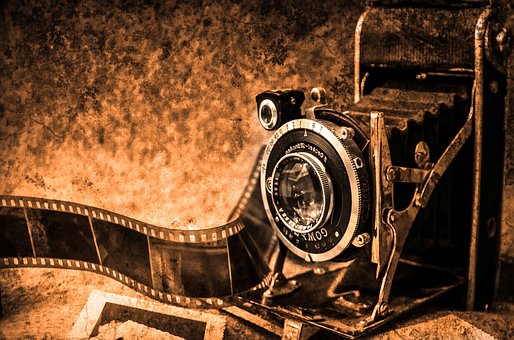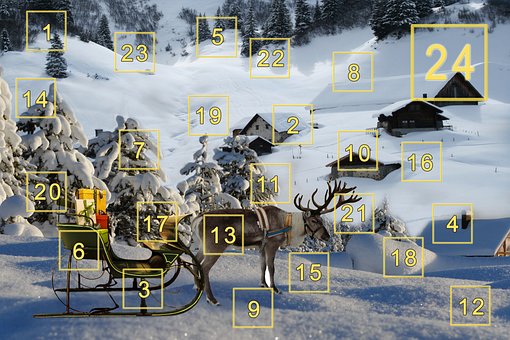We met at around 11 AM by the bank at the local mall, actually the only mall in the area. I'll write about it later in the week as I'm doing one big exploration a day.
It turned out this particular tour met at the same time and place as the cooking tour. The food tour only had four people including myself while the cooking tour had so many more but I wanted to explore eating places.
From the mall, we headed out across the main road to the quiet neighborhood just up the side road. Our guide took time to tell us about the streets and gave the story behind the "Ninos Heros" street.
Apparently, back during the time of the Alamo, when the Mexican's lost the war, an American unit came down and killed the young men attending a military school. According to the guide, every town has a street by this name.
Our first stop was a small stop called Tacos May. This place offered a choice of 8 different fillings for the tacos. I chose the peppers with cheese and cream that was soooo good. The other non meat choice was Napolita which is a cactus type
From there we stopped in another restaurant which offered a tuna with onions and soy sauce. Since I don't eat any meat at all, the guide ordered a taco filled with veggies and cheese.
According to everyone else, the tuna on the tortilla was excellent. From there we wandered past an Italian restaurant whose exterior was covered with plants. The guide highly recommended it but we didn't stop because we were heading to another taco place.
The next place did their tacos a bit differently. You placed your order and while you waited for your order to arrive, you munched on onion rings or batter covered peppers.
Once the bare taco arrived at your table. You went over to the little place in the back with various salsa's to choose what you wanted. At the same time, you choose a salad for the side.
Since I don't eat fish or meat, I ended up with cheese melted between two tortillas. I put salsa and some of the salad on top of it and it was wonderful.
From here, we passed by a park which on Sunday's became a place of instruction for those who wanted to learn to dance, play a sport, learn to paint, or just about anything more.

Just past the park, we stopped at a place they make flour tortilla but they weren't like the one's I'm used to eating. These were made from flour, milk, water, and a bit of sugar. These tortillas ranged from small to quite big. They were so good.
After checking out the flour tortillas, we stopped at a place with a pirate theme to check out virgin Mango drinks to go with the Sope. The Sope is a thicker tortilla with beans, cheese, and cream. I posted a picture this past Saturday. The mango drink was soooo good and went well with the Sope.
By now, I was getting stuffed but I found room for a chocolate filled Churro that is a fried piece of dough with chocolate in the middle and covered in cinnamon and sugar.
From here, we walked back to the main road. We were all stuffed and I was ready for a nap. This was not just a food tour because our guide gave us some history of the area, information of the different peoples found in Mexico, a history of some of the foods we enjoyed and told us that due to the lack of rain, most of the drinking water comes from desalination of sea water.
Many people have water tanks up on the roof to collect water when it rains so they have some stockpiled but with only about 5 inches per year, they don't get much. In addition, many buildings have more than one tank on roofs. If you order water, you get a bottle of it, you do not get glasses of it as you do in the United States.
It was a great tour and I enjoyed it tremendously. Let me know what you think, I'd love to hear. Have a great day. Wednesday, I'll share pictures from a boat trip I took to the bottom of the Baja Peninsula.










































